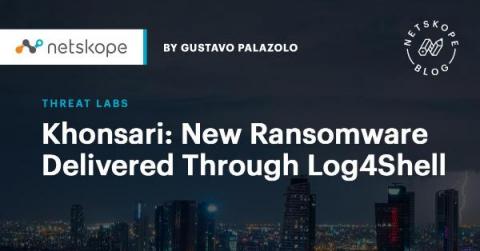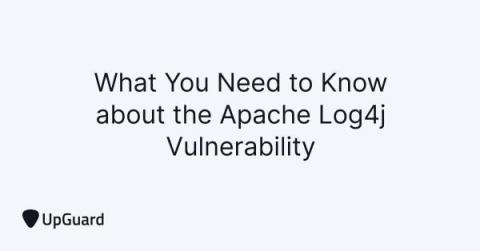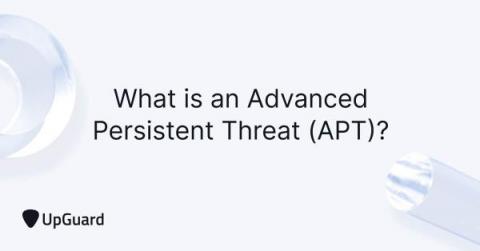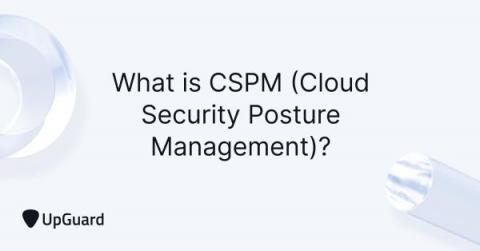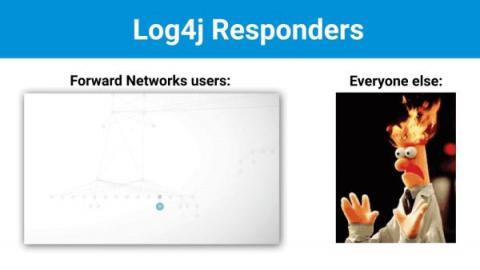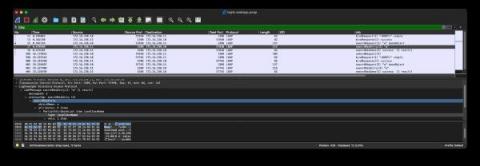Security | Threat Detection | Cyberattacks | DevSecOps | Compliance
Latest News
Khonsari: New Ransomware Delivered Through Log4Shell
While many organizations are patching the two recent Apache Log4j vulnerabilities (CVE-2021-44228 and CVE-2021-45046), attackers have been racing to exploit them to deliver malware, such as botnets, backdoors, and cryptominers. Among the threats delivered using Log4Shell exploits, a new ransomware family was found by Bitdefender: Khonsari.
How to Respond: The Apache Log4j Vulnerability Clearly Explained
The Apache Log4j vulnerability has been assigned the most critical cyber threat rating of CVSS 10. For a concise overview of the zero-day, and to learn how to secure your systems against its exploitation, all of the popular FAQs concerning this vulnerability have been conveniently compiled in this post.
What is an Advanced Persistent Threat (APT)?
An Advanced Persistent Threat (APT) is a cyberattack campaign where a threat actor establishes a long-term presence inside a breached network to continuously steal sensitive data. In order to evade detection throughout the entire APT attack life cycle (which could last for many years), these cyber threats must always exceed the evolving sophistication of common security controls. The advanced attack methods of APT groups makes this cyber threat significantly more difficult to intercept.
What is CSPM (Cloud Security Posture Management)?
Cloud Security Posture Management (CSPM) is a category of cybersecurity tools that enhance cloud data security. CSPM is a relatively new concept, emerging from the ongoing rise of organizations moving their legacy workflows to the cloud.
log4jShell - Do you know what you don't know?
Is it just me or is the announcement of a significant CVE becoming a holiday tradition? Discovered on December 9, 2021 by Minecraft players, the Apache Log4Shell vulnerability is a uniquely insidious because it infects servers which are traditionally well insulated from attacks and perceived as unreachable by an intruder and not at risk for CVEs. Log4Shell is an entirely different can of works that proves this assumption wrong.
Detecting Log4j via Zeek & LDAP traffic
We recently discussed some methods for detecting the Log4j exploit, and we’ve now developed another method that everyone running Zeek® or a Corelight sensor can use. Our new approach is based on the rarity of legitimate downloads of Java via LDAP. Zeek does not currently have a native LDAP protocol analyzer (though one is available if you are running Spicy). This will not stop you from detecting this exploit downloading Java over LDAP, though. To see how, read on.
How to Keep Your Data Secure in Light of Apache Log4j Vulnerabilities
In quick succession in December, The Apache Software Foundation released information on two critical vulnerabilities in its Log4j Java-based library. The first vulnerability CVE-2021-44228, also known as Log4Shell or LogJam, was reported as an unauthenticated remote code execution (RCE) vulnerability. By exploiting how the library logs error messages, it could lead to a complete system takeover.
The DHS is inviting hackers to break into its systems, but there are rules of engagement
The United States Department of Homeland Security (DHS) is inviting security researchers to uncover vulnerabilities and hack into its systems, in an attempt to better protect itself from malicious attacks.
The "Office of the CISO": A New Structure for Cybersecurity Governance
When it comes to cybersecurity governance and management, there is no “one size fits all” approach. Today’s CISOs have a far wider range of responsibilities than their predecessors as heads of IT security. The CISO role is no longer purely technical, focused on hardware and endpoint protection and on operations within the organisational perimeter. Today’s CISO is as likely to be involved with software security, cloud applications, security awareness, and user training.



